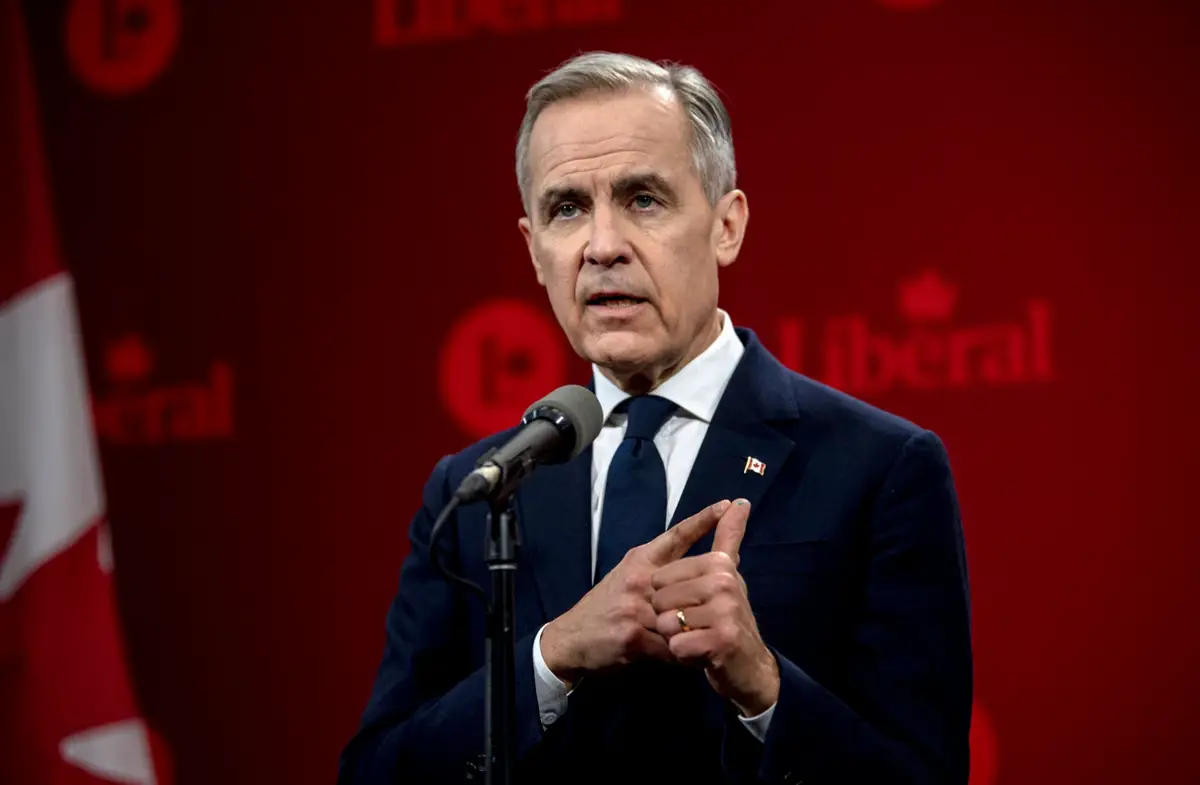Canadian Prime Minister Mark Carney will meet U.S. President Donald Trump at the White House on Tuesday in what is shaping up to be one of the most contentious U.S.-Canada summits in years. Though the two nations have long enjoyed a close alliance — spanning everything from national security to trade — recent months have brought unprecedented tension to the relationship.
At the center of that friction is Trump’s sweeping tariff campaign. His aggressive approach to trade has alienated one of America’s most reliable allies and, ironically, helped Carney tighten his political grip at home.
Election backlash to Trump tariffs
Just last week, Carney’s Liberal Party scored a decisive federal election win — a result many analysts see as a rebuke to Trump. The party’s victory has set the stage for a direct confrontation with Washington.
In his victory speech, Carney did not hold back: “We are over the shock of the American betrayal but we should never forget the lessons.”
From trade partners to trade foes
Canada has been one of America’s top trading partners for decades, accounting for 14% of all U.S. trade. It’s also the top destination for U.S. exports, worth over $349 billion in 2024. In return, Canada sends the bulk of its exports — including energy, softwood lumber, steel, and aluminum — south of the border.
But Trump’s tariffs have disrupted this historically smooth exchange. Though he initially championed the United States-Mexico-Canada Agreement (USMCA) in 2020 to replace NAFTA, Trump changed course this year.
Trump’s tariff spree and Canada’s response
In March, a 25% tariff on imports from Mexico and Canada went into effect, only to be briefly paused after both nations promised to help reduce fentanyl trafficking and illegal immigration. Still, a 25% duty remains for non-compliant goods under USMCA.
Trump has further escalated matters by imposing tariffs on all cars, steel, aluminum, and auto parts. In retaliation, Canada has hit back with tariffs on C$30 billion (roughly $22 billion) in U.S. goods — plus another C$29.8 billion in response to the metal tariffs. U.S. cars now also face Canadian import duties.
Commerce Secretary Howard Lutnick said on Monday that a deal is possible but warned it would be “very complex.”
The toll on American businesses and consumers
U.S. businesses have started feeling the pain. General Motors CEO Mary Barra said tariffs will cost the company between $4 billion and $5 billion this year.
Small businesses are also being squeezed. Beth Fynbo Benike, who owns baby products company Busy Baby, said her inventory shipment will now cost nearly $230,000 just to land in the U.S.
Tourism and buying habits shift
The Federal Reserve’s Beige Book has captured further consequences. “Some retailers and hospitality providers in Northern Washington and Southern California reported a material drop in cross-border tourism with Canada and Mexico,” it noted.
Meanwhile, Canadian consumers are deliberately boycotting American products. Italian tomatoes are being chosen over those from California, and pepperoni from Ontario is replacing Ohio meat. Sparkling water sweetened with Canadian maple syrup is gaining ground over Coca-Cola.
“We, as Canadians, we don’t go out and try to create fights,” said Dylan Lobo, a Toronto resident and operator of the online directory Made in Canada. “It’s an attack on Canada.”






